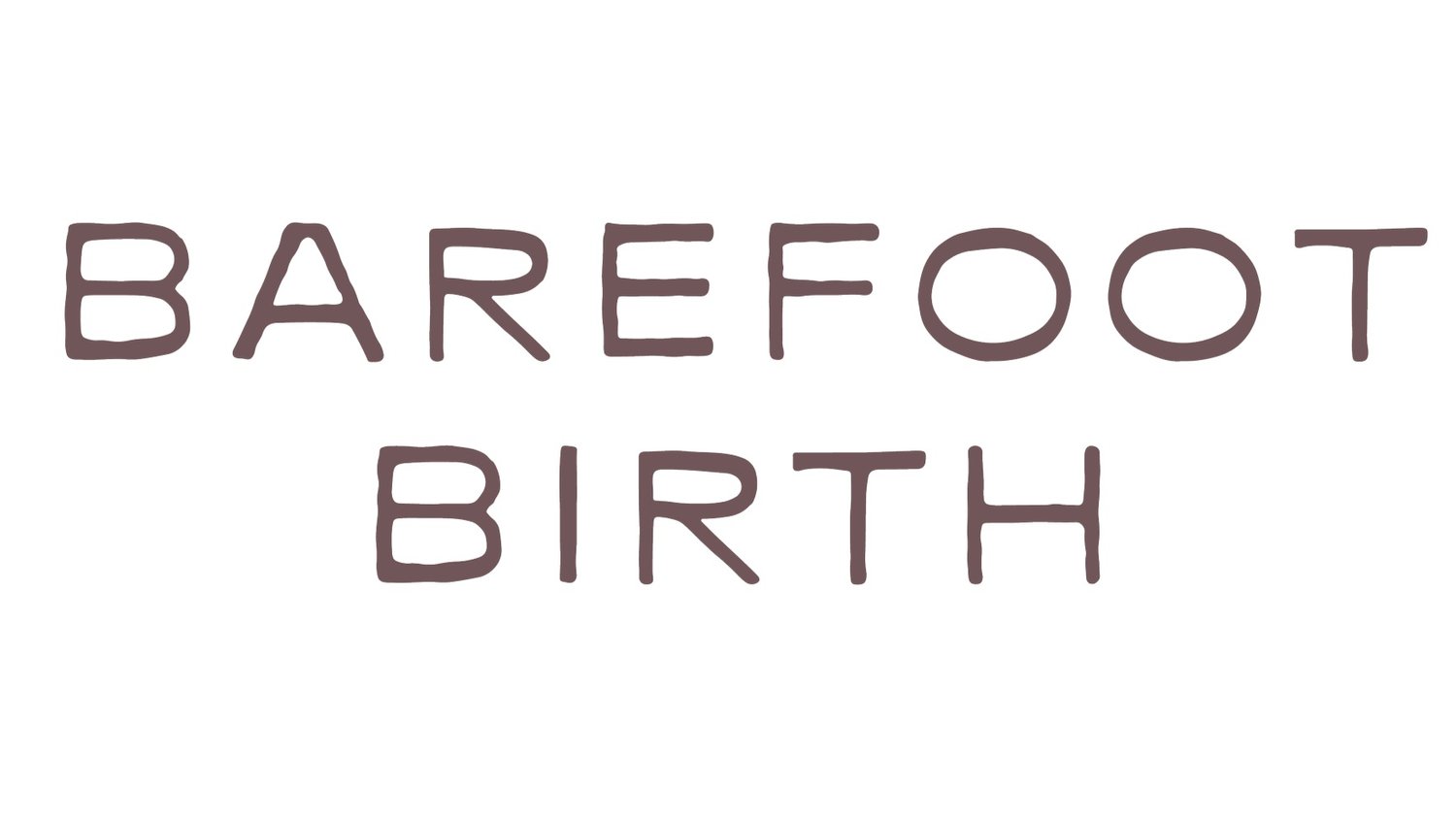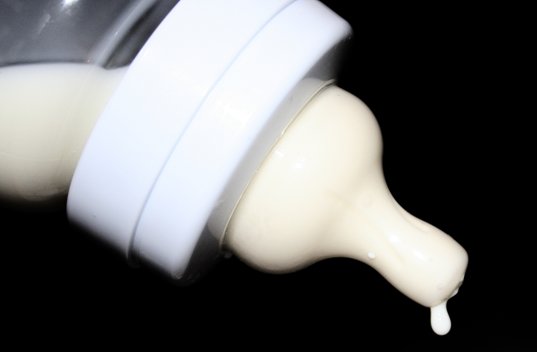BAREFOOT BIRTH BLOG
the new birth center study: what it means to me. {Tampa Bay Doula}
A new study on birth centers has just been released yesterday in the Journal of Midwifery and Women's Health, and of course it has a special place in my heart not just because of my midwifery aspirations but because we chose to welcome our son in a free-standing birth center.
The Birth of Kai- A redemptive HBAC! {Tampa Bay Home Birth}
This birth story comes to us from our dear friend Susan. Susan is an ICAN leader and radical unschooling mother of 2. We are excited to share her story with you as it shows how having the right support, appropriate preparation, and belief in yourself can help you achieve the birth you and your baby deserve.
"Kai was a planned but surprise pregnancy just like our first son. We had been trying for over a year and had basically given up on having more children. We decide to be happy with our 3 person family. I also decided that if I was going to be a mommy to one, I could also handle a new career and went back to school to become an architect. I had finally figured out what I want to be when I grow up and that was to work on sustainable community development About 6 weeks into the semester, I found out I was pregnant with our second baby. I was so excited that all of our new plans were now going to have to be re-planned once again.
Denied a VBAC??? {Tampa Bay Doula}
More and more we are hearing about women being "denied" a VBAC (Vaginal Birth After Cesarean) by their OBs, Midwives, or local hospitals. Here is some information that can help you get the birth you want and deserve
Raw Placenta Encapsulation {Tampa Bay Placenta Encapsulation}
Unlike the Traditional Chinese Medicine preparation of the placenta (see previous blog about TCM encapsulation), we do not steam the placenta with herbs during this raw encapsulation process. We forgo the steaming to save the vital nutrients and hormones that may be depleted once the placenta has heated to above 118 degrees. This method follows the general “Raw Foods” rule that nothing should be headed beyond 118 degrees or vital enzymes are lost. This is not to say one method is better than the other, just that you have several options for encapsulation and should choose the method that best suits your needs and preferences.
Women have called these capsules “happy pills” and report phenomenal energy levels while taking them. Raw placenta is extremely high in hormones such as progesterone and oxytocin. Midwives have traditionally used fresh placenta to stop bleeding immediately postpartum by slicing off a piece of the maternal side and having the mother put this between her cheek and gums. The high hormone levels cause the uterus to close down and bleeding is diminished.
Placenta: Not so hard to swallow. {Tampa Bay Placenta Encapsulation}
The placenta is an amazing organ that is treated with reverence among many cultures around the world. In Chinese medicine, placenta medicine is called Zi He Che. Full of Qi (life force), the placenta aids in the recovery from childbirth, restoring lost hormones, preventing mood jags, and ultimately helping mothers in this vital time of bonding and nurturance.
Taking the placenta as a powder is an ancient custom. Remedies of placenta powder have been well-known for centuries. As a source of rich nutrients, the placenta was considered a gift from the baby by many cultures. Across the globe, the placenta has been used medicinally throughout history – from hormone replacement to the treatment of skin conditions.
The Birth of Mirielle by Diana {Tampa Bay Doula}
My story is a tad different from many women. I knew what I wanted from my birth experience. I knew from the very beginning that my body was made to do this so I treated my pregnancy as a blessing. In month 4 I went to my OBGYN and handed over the rough draft of my birth plan to see what their thoughts were. I was a member of a practice of 6 doctors, 5 women, and 1 man. The doctor during this visit sat down with me and said “You are going to need some sort of classes to help you get through your first birth naturally. Try either Bradley Method or Lamaze classes. But you’ll need something. We get a lot of women that want to do it naturally…..until they get into the labor suite. Women who prepare have a better chance.” That afternoon I got on my computer, contacted Melissa, the local Bradley instructor, and by 6 pm I was sitting in week 3 of a 12 week session. I got all the materials I needed and my partner, Anthony, and I looked forward to how the class would prepare us for the birth of our child. Weeks went on and on and Bradley Method graduation day came. After completing the course I started toying with the idea of switching to a birth center birth though I planned on a hospital birth. Unfortunately, due to my pregnancy history of anemia, I was risked out of that being an option. Because of this same reason I did not consider a home birth because our house was too far from a hospital should anything go wrong. I had my final birth plan approved by the obstetricians who were on call around the time of my due date, I had two wonderful doulas, bags were packed, and I was prepared to deal with a hospital staff who may scoff at my desires to do things naturally.
What Every Parent Should Know About Infant Formula by Katie Allison Granju
By now, every doctor and parent in America has heard the news: breastfeeding is best for babies. What's not-so-old news is the growing body of evidence demonstrating that commercial infant formulas are simply not good enough. While commercial infant formulas are commonly perceived to be the medically recommended second-choice infant food after breastfeeding, the World Health Organization (WHO) actually states: "The second choice is the mother's own milk expressed and given to the infant in some way. The third choice is the milk of another human mother. The fourth and last choice is artificial baby milk." The quality of infant formula is of paramount importance in the United States--where, despite the American Academy of Pediatrics' endorsement of breastfeeding for a minimum of twelve months and WHO's recommendations to breastfeed for at least two years--only slightly more than half of all mothers offer their newborns any breast milk at all. Fewer than twenty-two percent of American babies are still breastfed at five months of age, and this figure drops to under ten percent by twelve months. These statistics mean that the vast majority of American babies rely solely on the synthetic infant nutrition known as infant formula for their critical first year of life.
"It's not your birth." by Charlie Rae Young {Tampa Bay Midwife}
This is a phrase I hear quite frequently from other birth professionals. Whether they are childbirth educators, doulas, or midwives. That statement seems to be an automatic reply in the birth community when a women chooses something that we know, on a professional level, is an unhealthy choice. Whether it be birthing in a hospital, allowing interventions, or choosing not to breastfeed. Are we, as a birth community, standing idly by while mother’s make uneducated choices because it is politically correct? As a doula, I feel it is my duty to educate women on the options they have regarding their birth. With my daughter I desperately needed someone to educate me. I needed someone to say that the hospital is not the place for a healthy woman to give birth. Someone to explain that out of hospital births are just as safe, if not safer, as hospital births. I wish someone would have told me my choices were not the best. I wish someone would have been brutally honest with me. Sure, it was MY BIRTH…but doesn’t every mom want what is best for themselves and their babies? Don’t we all as mothers want to give our children the best start possible?
Have your baby at home! Here is why... {Tampa Bay Home Birth}
There's a saying that birth is as safe as life gets. Sometimes birth can become dangerous for the baby or, very rarely, for the mother. This is when hospital-based maternity care really shines, and we're able to save mothers and babies who might have died a hundred years ago. Thank goodness that there are skilled surgeons who can come to the rescue when truly necessary.
There's also a saying that when you've got a hammer in your hand, everything looks like a nail. So it is that for hospital-based birth attendants, it is easy to become accustomed to treating every birth as a disaster waiting to happen. Many obstetricians have lost touch with the possibility of normal birth, so much so that even a pitocin induction with an epidural, fetal scalp electrode and vacuum extraction is called a "natural birth". Some hospital staff seem offended by the idea of minimizing interventions, as if preferring not to have a needle the size of a house nail inserted near your spine is the same as declining to have a second piece of Aunt Sally's Fruit Cake. Sadly, some of today’s younger doctors may never even have seen a truly physiological labor and birth—a birth completely without medical intervention.
The Perineum, Privacy and Normal Birth by Evelyn Ojeda-Fox
Birth is an internal process that is easily disturbed by unnecessary interventions. According to midwife Ina May Gaskin, “sphincters are shy”.
A woman’s dilated cervix can easily close in the presence of disruptive people or actions (cervical reversal). In a normal birth, vaginal exams and other handlings of the perineum during labor are interventions that can interfere with the natural birthing process.
At any other time in our lives, our vagina is considered "private". During birth a woman is told to lay back, open her legs and allow her body to be explored by strangers. A laboring woman loses her dignity, privacy and trust in herself in the hands of the people that she has hired to assist her in this sacred moment.
Barefoot Birth is Blogging!
Barefoot Birth has entered the blogopshere to provide efficient support, helpful resources, and the best birth experience possible. We aim to update our clients on new information as it becomes available, as well as to create a network to allow peer-2-peer advising and communication for new parents all over the Tampa Bay area and the world. We hope you are as excited about this new platform as we are and find even more helpful during your pregnancy and parenthood.












